2019 RETROSPECTIVE – Investments in PUBLIC UTILITY INFRASTRUCTURE AND ENERGY most interesting to eKapija users
Source: eKapija
 Monday, 20.01.2020.
Monday, 20.01.2020.
 13:52
13:52
 Monday, 20.01.2020.
Monday, 20.01.2020.
 13:52
13:52
Illustration (Photo: nostal6ie/shutterstock.com)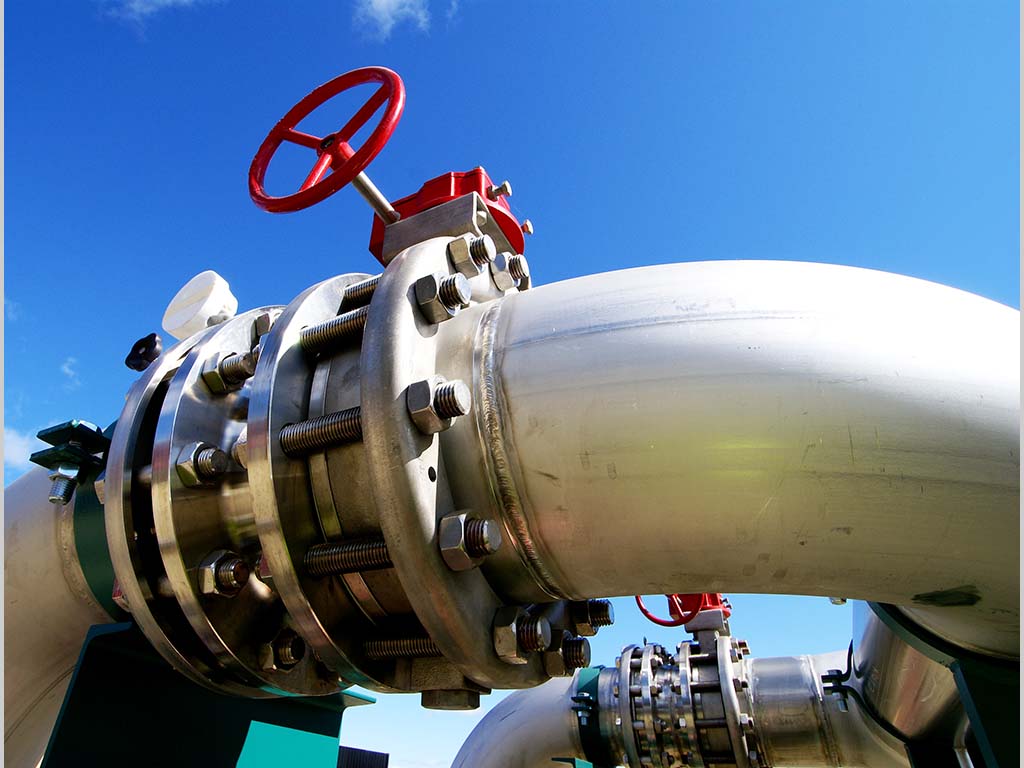

Still, the project of Russia's Gazprom and Turkey's Botas, TurkStream, which should secure a stable gas supply in Turkey, south and southeastern Europe, is the most important project of the year in Serbia and in Europe.
Despite some concern about whether it will be realized at all, the project was carried through and recently officially opened in Turkey. The Serbian section of 403 km is complete and it remains for the neighboring states to finish their part of the job. This autumn, Serbian households should be provided with heating from this source, as that's when the country is supposed to be connected to the gas pipeline.
Another ongoing issue is why the European Investment Bank has chosen not to finance the construction of the facility for the treatment of municipal waste in Vinca.
Keeping in mind the promise of the Serbian Energy Minister, Aleksandar Antic, that one of the priorities of the Government of Serbia is the use of clean energy, with the goal of having 27% of the electricity produced from renewable energy sources by 2020 and having 500 MW from wind power within the network, let's take a look at the ten most read articles about energy and public utility infrastructure at eKapija in 2019:
(Photo: Pixabay / stevepb)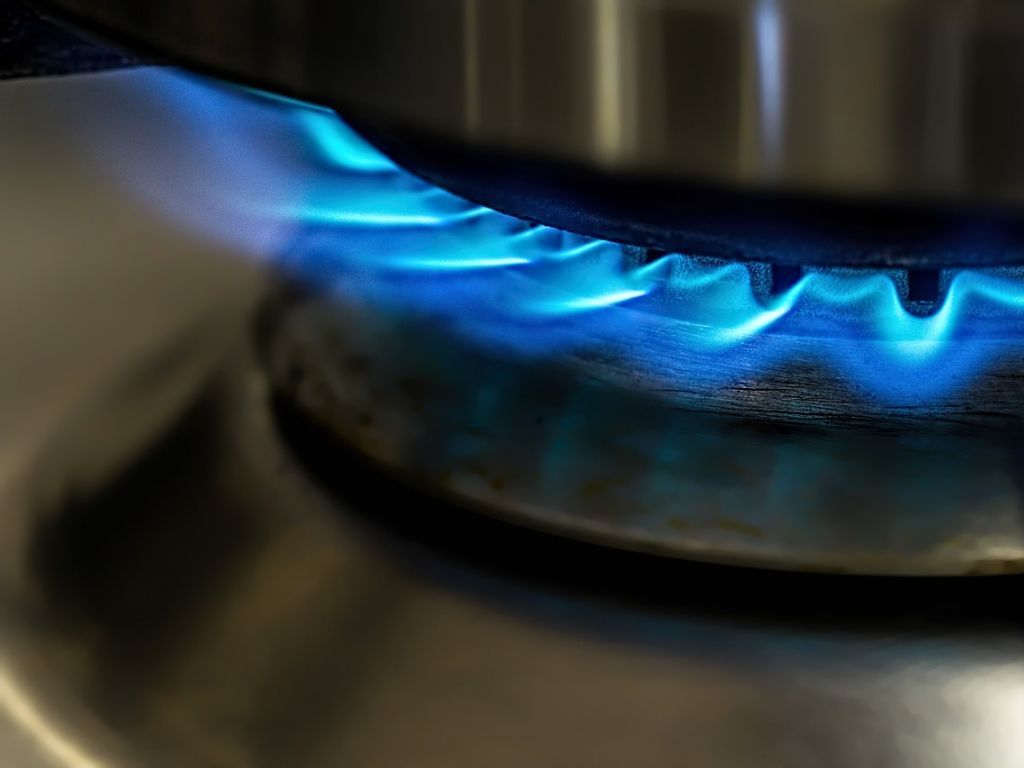

The new gas pipeline should transport 31.5 billion cubic meters of gas from Russia a year. Half of it, 15.75 billion cubic meters, is reserved for Turkey, whereas the other half is to go to south and central Europe, including Bulgaria, Serbia and Hungary.
According to the announcements, Serbia might connect to the network in May or September 2020.
The second spot belongs to the announcement that the largest wind farm in Europe is to be built in Subotica, and the company Maestrale Ring will produce electricity for half a million people.
The members of the City Assembly of Subotica adopted the decision on the preparation of the detailed regulation plan for the construction of the Maestrale Ring Wind Farm, an investment worth EUR 700 million. The financial funds required for the preparation of the plan will be provided by the company Vetropark Maestrale Ring, which is headquartered in Belgrade and which was founded by Fintel Energija.
The wind farm is supposed to be installed in the southeast part of the administrative area of the City of Subotica, between the settlements of Cantavir, Visnjevac, Gabric, Bikovo, Stari Zednik and Novi Zednik, and the wind generator area will be at least 1,000 meters away from the populated zone.
According to the plan, Serbia has the natural characteristics and good potential for the production of energy from RES, which could make the country less dependent on energy imports and reduce the harmful greenhouse effects, which is why this project has our support.
The third spot belongs to the Kovacica wind farm, which is the first entirely new power plant to be connected to the power system of Serbia after nearly three decades. The opening of Kovacica was attended by eKapija's staff, and, as said, the power plant, which has been operational since July 2019, has 38 installed wind generators of the total power of 104.5 MW and will produce energy for more than 68,000 households. This way, it will help reduce the emission of CO2 by around 250,000 tons a year.
The investor is the Israeli company Enlight, and New Energy Solutions is the Serbian partner. The total value of the investment is EUR 189 million. Of this, EUR 49 million comes from an EBRD loan, whereas the remaining funds come from Erste Group and Erste Bank Serbia.
The fourth place belongs to the article about the issues with the project of the incinerator in Vinca, where we talked with the delegation of the European Union. It had been reported in the media that the EIB had refused to finance the construction of the incinerator in Vinca, which we decided to look into.
The EU Delegation to Serbia told our portal that the incineration of waste is only allowed in case there's no other solution and that Serbia should try to achieve harmonization with the legal acquis of the EU by preparing realistic waste management plans.
(Photo: Huguette Roe/shutterstock.com)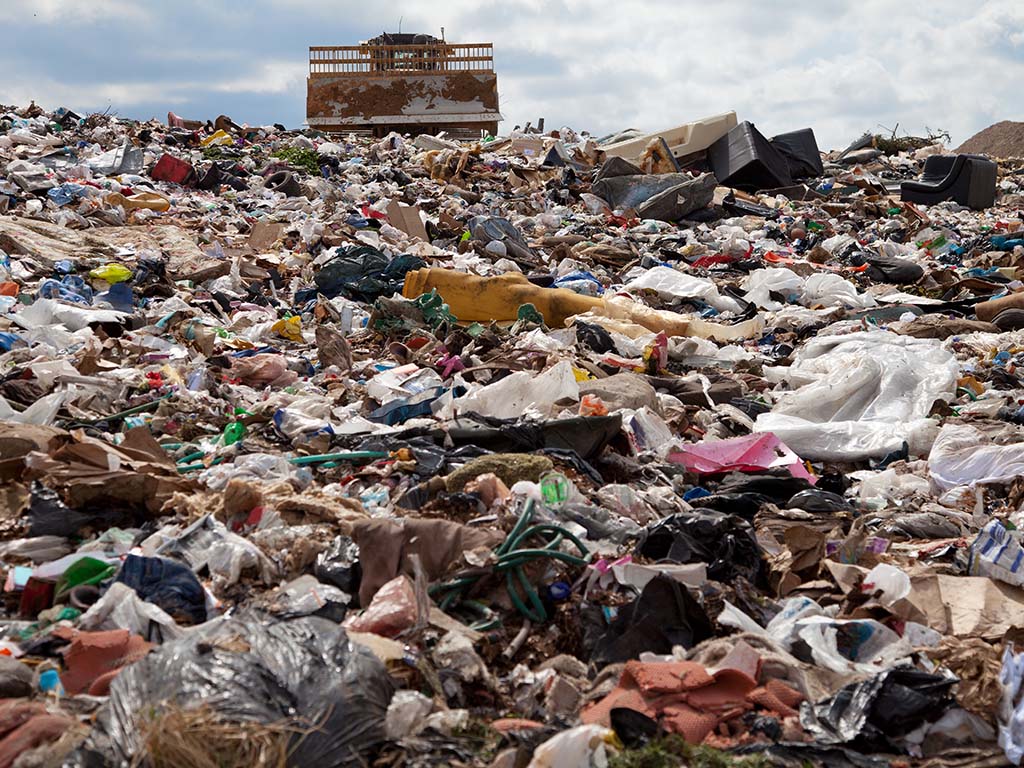

The question remains how the state is to carry out this project, as, given the current level of air pollution, the last thing people in Serbia need is to have to smell burning waste.
The fifth spot on our list belongs to the announcement that heating plants in Serbia are to start using biomass. The Ministry of Mining and Energy started the project of inciting the use of RES through the development of the biomass market back in 2018.
The project aims to have as many heating plants in Serbia switch from fossil fuels (mazut, coal, furnace oil) to biomass or thermal energy. Twelve towns (Priboj, Mionica, Despotovac, Loznica, Osecina, Svilajnac, Nova Varos, Arilje, Lebane, Kosjeric, Kladovo and Surdulica) are to switch to biomass.
Of all the renewable energy sources, biomass has the biggest potential in Serbia. In the next several years, the country will considerably increase the share of energy from renewable sources thanks to the biomass capacities.
The sixth spot belongs to the news that EPS is inviting bids for partnership for the construction of a wind farm in Kostolac.
In August 2019, the PE Elektroprivreda Srbije opened the international public bidding with a pre-qualification procedure for the procurement of goods, services, works and related services for the “Project of Renewable Energy Sources – Kostolac Wind Farm”. As said in the tender, the construction of the wind farm will be financed from the funds of KfW Bank.
The project entails a wind farm of installed power of 66 MW in Kostolac on the Danube. The aim of the project is to increase and diversify energy resources and contribute to the production of electrical energy in the Republic of Serbia, without the emission of harmful gases and the consequent negative environmental impact.
In September, the Kosava 1 wind farm opened in Vrsac, the third and the largest wind farm of MK Fintel Wind in Serbia, after the eponymous one in Kula and La Piccolina near Vrsac. This successfully realized investment placed seventh.
Kosava 1, of the total power of 69 MW, with 20 wind generators, which started being built two years ago, will supply 45,000 households with electricity, and the investment is worth EUR 118 million. As Tiziano Giovannetti, the company's CEO, pointed out, the second phase of the project, Kosava 2, which entails the construction of another 15 wind turbines, has started as well. He also announced the construction of another wind farm in Serbia, near Sombor, which is supposed to be the largest one in Europe. According to Serbian Energy Minister Aleksandar Antic, the new project will start in two to three years, have an installed power of 600 MW and be competitive with gas and coal power plants. It should be connected to the network in five to six years.
Illustration (Photo: ekapija.com)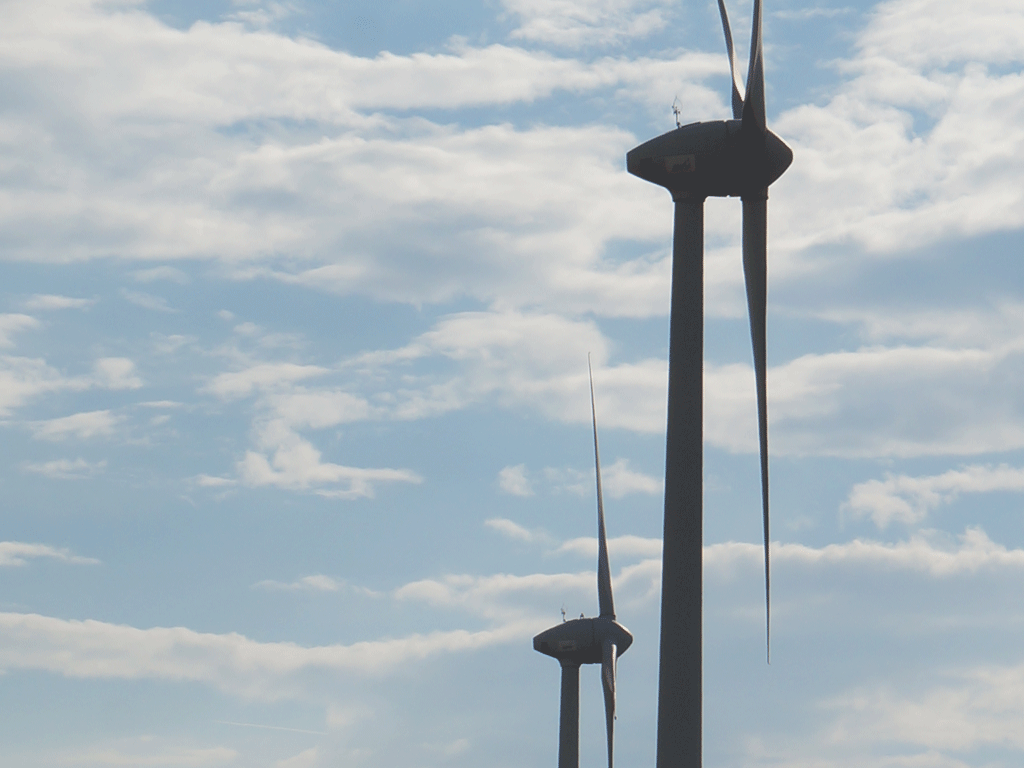

MET Renewables and NIS initiated the joint project after MET bought out a 50% share in it from third parties. This will be the first wind farm for both partners, as well as the first investment in renewable energy by the Swiss MET group outside the European Union.
The wind farm of installed power of 102 MW will consist of 34 wind turbines and be built in the municipality of Plandiste in Serbia. The wind farm is expected to be fully operational in 2021.
The final two places belong to another new wind farm, Banat 1 in Alibunar, and the infrastructure project of the heating pipeline Obrenovac-New Belgrade.
The Banat 1 wind farm in Alibunar takes the ninth spot. The agreement was signed in December 2019 between representatives of the local self-government and the investor, the Belgian-Dutch company Wind Vision.
The new wind farm will have 58 turbines and stretch from Vladimirovac, in the territory of the municipality of Alibunar, toward Novi Kozjak.
The wind farms Malibunar and Alibunar, built by the Belgian company Elicio, have a total of 24 turbines.
Illustration (Photo: Roman023_photography/shutterstock.com)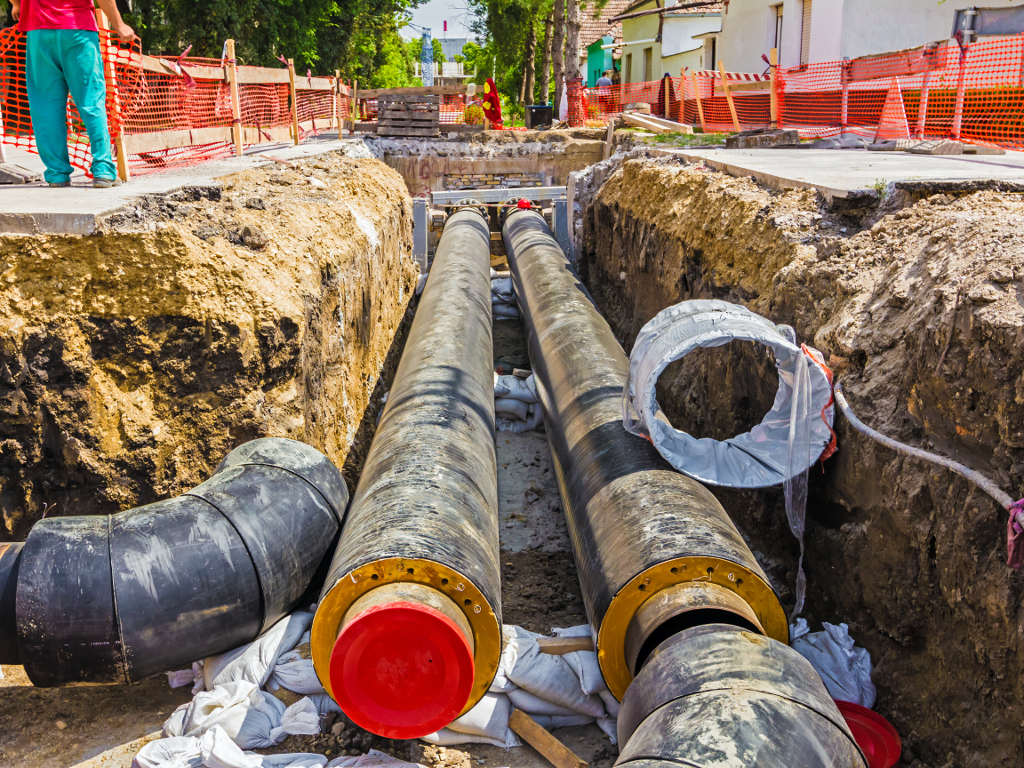

According to the mayor of Belgrade, Zoran Radojicic, the realization of this project, that is, the taking of the energy from Obrenovac, will provide Belgrade with a stable and environmentally more acceptable supply, which is extremely important, according to him, and eKapija welcomes this investment.

Companies:
 Ministarstvo rudarstva i energetike Republike Srbije
Ministarstvo rudarstva i energetike Republike Srbije
 Grad Subotica
Grad Subotica
 Grad Beograd
Grad Beograd
 Opština Alibunar
Opština Alibunar
 Elektroprivreda Srbije ad Beograd
Elektroprivreda Srbije ad Beograd
 Fintel Energija a.d. Beograd
Fintel Energija a.d. Beograd
 New Energy Solutions d.o.o. Beograd
New Energy Solutions d.o.o. Beograd
 Enlight doo Beograd
Enlight doo Beograd
 Gazprom Moscow
Gazprom Moscow
MAESTRALE RING doo
 MK-Fintel Wind d.o.o. Beograd
MK-Fintel Wind d.o.o. Beograd
 NIS a.d. Novi Sad
NIS a.d. Novi Sad
 Power Construction Corporation of China Limited Ogranak Beograd
Power Construction Corporation of China Limited Ogranak Beograd
MET Holding AG
WindVision Belgium S.A.
Tags:
Ministry of Mining
Gazprom
Maestrale Ring
Fintel Energija
Enlight
New Energy Solutions
MK Fintel Wind
NIS
MET Group
POWERCHINA
City of Subotica
City of Belgrade
Municipality of Alibunar
PE Elektroprivreda Srbije
Belgian Dutch company WindVision
Belgian company Elicio
ekapija retrospective
retrospective 2019
retrospective energy
investments in energy
investments energy 2019
largest investments in energy
wind farms in Serbia
construction of wind farms in Serbia
Aleksandar Antić
Zoran Radojičić
TurkStream
wind farm in Subotica
Čantavir
Višnjevac
Gabrić
Bikovo
Stari Žednik
Novi Žednik
Kovačica wind farm
Vinča incinerator
Vinča landfill
waste incineration in Vinča
biomasss heating plants
biomass
Kostolac wind farm
wind farm in Kostolac
Košava 1 wind farm
Kula wind farm
La Piccolina
Tiziano Giovannetti
Košava 2
Košava wind farm
Plandište wind farm
Banat 1 wind farm
Banat wind farm
wind farm in Alibunar
Novi Kozjak
Malibunar
Obrenovac New Belgrade heating pipeline
construction of Obrenovac New Belgrade heating pipeline
Comments
Your comment
Most Important News
Full information is available only to commercial users-subscribers and it is necessary to log in.
Follow the news, tenders, grants, legal regulations and reports on our portal.
Registracija na eKapiji vam omogućava pristup potpunim informacijama i dnevnom biltenu
Naš dnevni ekonomski bilten će stizati na vašu mejl adresu krajem svakog radnog dana. Bilteni su personalizovani prema interesovanjima svakog korisnika zasebno,
uz konsultacije sa našim ekspertima.


 Izdanje Srbija
Izdanje Srbija Serbische Ausgabe
Serbische Ausgabe Izdanje BiH
Izdanje BiH Izdanje Crna Gora
Izdanje Crna Gora


 News
News






